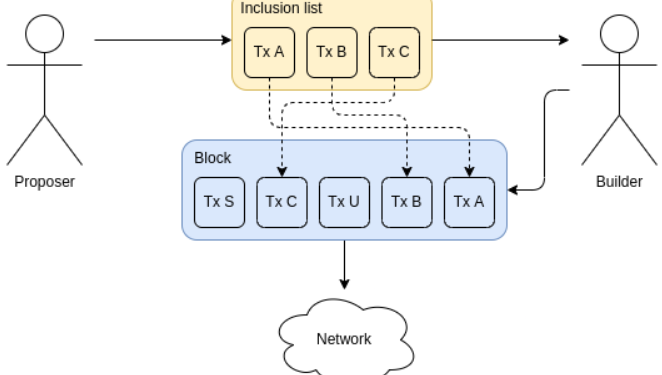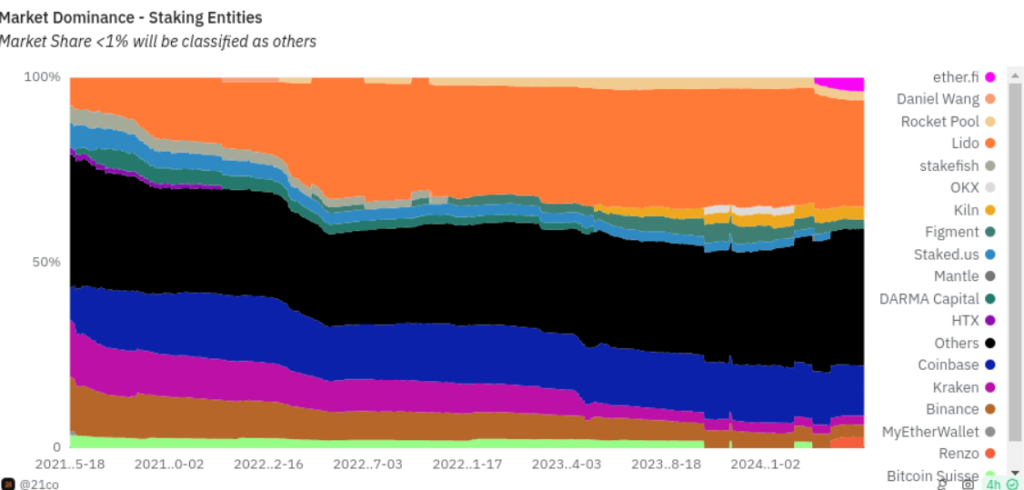Vitalik Buterin, co-founder of Ethereum, addressed the key decentralization issues facing the network. Buterin focused on three critical areas: maximum extractable value (MEV), difficulty of solo staking, and hardware requirements for running nodes. In addition, He emphasized that while concerns about Ethereum’s design are widespread, solving these problems may be easier than expected.
Solving the MEV Problem
MEV refers to the profit that block producers can make by rearranging, including, or excluding transactions within a block. However, MEV allows those producing Ethereum blocks to manipulate transactions to generate additional profits.
Such actions may give an advantage to those with more resources and technical know-how. This undermines trust in the network, making it difficult to compete. However, Buterin describes two main approaches to combating the MEV problem: minimization and quarantine.
Minimizing MEV reduces unfair value extraction using protocols like CowSwap. Encrypted transaction pools hide transaction details until they are confirmed: this approach allows all participants to participate in block creation, regardless of resources or technical skills.

Quarantine limits the influence of MEV by separating the roles of validators and block creators through proposer/creator separation (PBS). Moreover, this design means that those proposing transactions are not allowed to include them in blocks, reducing the risk of extracting value. Vitalik also suggested that inclusion lists, which dictate the inclusion of certain transactions in the blockchain, could be a solution to the problem.
Difficulties of Ethereum Staking
Currently, solo staking Ethereum requires a minimum of 32 ETH and significant technical knowledge. In addition, this forces many to use services like Lido and RocketPool, risking decentralization.

Buterin proposed several solutions to reduce the needs of nodes. Technologies such as Werkle trees and EIP-4444 can reduce storage requirements to less than 100 gigabytes, making it possible to run nodes even on personal devices. Additionally, he also proposed lowering the minimum amount of ETH required for staking.
The Ethereum co-founder imagines a future in which nodes can even be controlled using browser extensions. However, he acknowledges that reducing responsibility for data storage could lead to centralization. “Getting it wrong could lead Ethereum down the path of centralization and “recreating the traditional financial system with extra steps,” he warns.
Buterin’s call to action is clear: respect Ethereum’s unique properties and continue to improve them as the network scales. Moreover, By solving MEV problems, simplifying staking, and reducing node hardware requirements, Ethereum aims to increase its decentralization and resilience.












